Breaking new ground: training explosive detection dogs for the aviation industry
- Like
- Digg
- Del
- Tumblr
- VKontakte
- Buffer
- Love This
- Odnoklassniki
- Meneame
- Blogger
- Amazon
- Yahoo Mail
- Gmail
- AOL
- Newsvine
- HackerNews
- Evernote
- MySpace
- Mail.ru
- Viadeo
- Line
- Comments
- Yummly
- SMS
- Viber
- Telegram
- Subscribe
- Skype
- Facebook Messenger
- Kakao
- LiveJournal
- Yammer
- Edgar
- Fintel
- Mix
- Instapaper
- Copy Link
Posted: 15 January 2018 | Steven Thompson | Specialised Protective Services Development Manager | Securitas Security Services (UK) Ltd | 1 comment
Securitas reveals the highs and challenges of the process for achieving FREDD (Free Running Explosive Detection Dog) certification – the EU standard for the use of dogs in aviation cargo security.
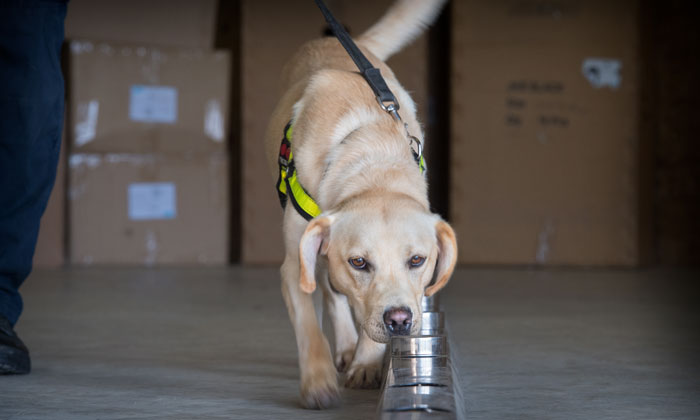

ON THE SCENT: One of Securitas' explosive detection dogs
Since the EU Commission authorised the deployment of dogs to detect explosives in the aviation sector, countries around Europe have successfully used our four-legged friends to screen cargo, people, vehicles, aircraft, in-flight supplies, cabin baggage and hold baggage.
Each member state uses the EU standard as the baseline measure, introducing its own additional procedures based on its risk profile known as More Stringent Measures (MSMs).
It’s no surprise the UK has a greater risk profile than many other member states, and the Department for Transport (DfT) has always been keen to enforce rigorous security measures. With the benchmark set, DfT drew on the expertise of Defence Science & Technology Laboratories (Dstl) to establish a standard that would enhance the EU criteria without disrupting industry.
Raising industry standards
Once the standards were in place, it was up to the private security sector to deliver the service.
Be under no illusion, the certification process is difficult! Numerous tests are carried out in different phases of increasing difficulty and duration until both handler and dog meet the required standard. Training dogs for combat operations is one thing (and something the team is comfortable with), but this was something else. Training dogs to an extremely specific standard, in a dynamic environment, with quantities of explosives that are not usually searched for made the process much more challenging.
Under the watchful eye of Ken Braddick and Adrian Davies (both former military working dog trainers with a wealth of operational experience), our team of carefully selected dogs started training. Ken served 36 years in the RAF Police and his experience includes the role of Provost Marshals Dog Inspector, a post that certified and managed the fleet of RAF dog teams for global deployment. Adrian Davies, a former Royal Army Veterinary Corps Warrant Officer Class 1 (RSM) and Chief Trainer at the Defence Animal Centre served for 28 years.
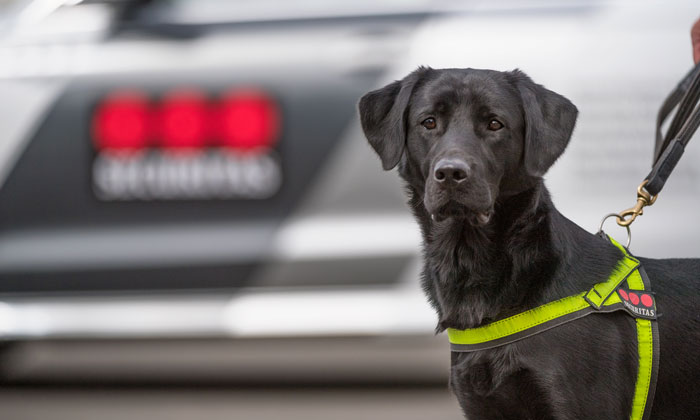

There is intense but friendly rivalry between trainers, and their constant drive to nurture more agile and capable detection dogs creates a superb team dynamic.
Handler selection is equally important. We looked for handlers that combined a calm methodical approach with a high level of customer service and attention to detail. Once we had identified the handlers we set about pairing them with dogs based on personalities and experience. Some dogs can be a real handful during training, while others are almost robotic and can be teamed with less experienced handlers. Although Ken was the senior trainer, he was pipped to the post as the first to pass the DfT test by Adrian; this was purely down to the running order, but that didn’t get in the way of brilliant banter (of course, Ken still trained the dogs! Go the RAF Police!).
Put through their paces
The extensive process began – a mixture of environmental training and odour recognition. First, the dogs were trained to find target odours. The process was straightforward: approach the target odour and we offered rewards, gradually ensuring the detection was more specific before offering another prize. The reward was simple: interaction with the handler they’re familiar with. Playtime is essential for dogs as they thrive on positive encouragement and reinforcement. The more enjoyable it is, the deeper the desire to play the game becomes. In allowing the dog to learn for itself it makes their response more robust and less likely to result in a false alarm. Some dogs catch on quite quickly and learn new odours in an afternoon – others require more time and patience, but the outcome is worth it.
Training was then extended to include a passive response, a sit, a stand, stare, or any other change in behaviour that instantly indicated a target odour has been detected. Further developing the dog’s focus, stamina and search pattern allows the handler to become less involved, which provides greater scope to observe the dog’s small changes in behaviour. A flick of the ears or head tilt, a change in speed or tail direction can all be indicators that the dog has found something. However, this can easily be missed if the handler is too close to the dog, or not of the right calibre.
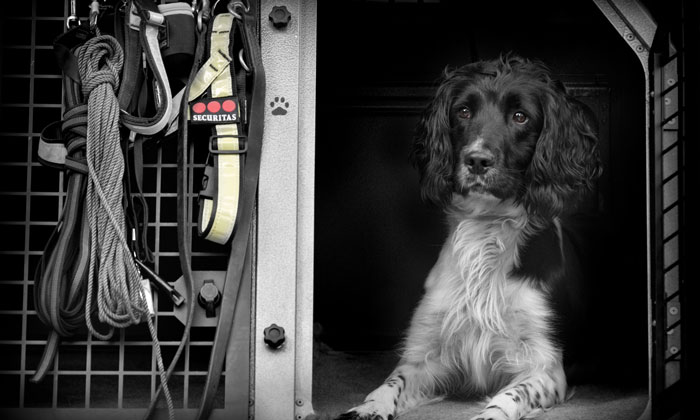

Training in the operational environment is key. The distractions, sights, smells and noises can be replicated in part, but to truly nurture desired behaviour and minimise unwanted behaviour, dogs must be trained in a realistic setting. A dog that can’t concentrate in a dynamic operation will make mistakes, so only the most robust and focused dogs are certified. Our dogs train in a realistic environment full of the types of distractions they will experience at work, ensuring they are ready to be certified and, most importantly, fully trained for the real thing.
Strong support
The training teams are reinforced by a superb support function. Trainers ensure handlers and dogs deliver a quality service consistently using reporting tools that provide real-time assessment and assurance. The Securitas Operations Centre (SOC) provides immediate personnel support, with governance and compliance teams safeguarding both Securitas and its customer’s brands, guaranteeing a high level of quality assurance. The tailored technology used by the training teams continues to evolve to provide best practice.
What’s Next?
We’re continuing our research into developing the team’s capability, pushing boundaries and creating a more robust detection asset. Explosives detection teams can be deployed in many environments adding depth to the security solution. It’s not the only tool in the box, but it’s very effective!
To find out more about Securitas’ airport security branch, visit its website by clicking here.


Related topics
Air freight and cargo, Ground handling, Safety, Security, Terrorist attacks




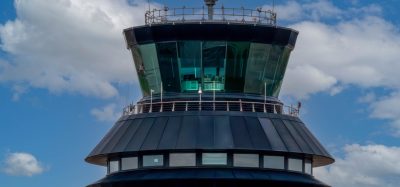

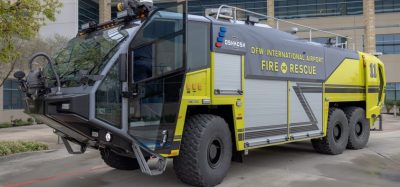












I really liked how you mentioned that dogs must be trained in a realistic setting. It is true that a dog that can’t focus on operations can make mistakes. It makes sense that it would be very important to make sure that an explosive detection dog is trained in a realistic setting so they will be less likely to make those mistakes.